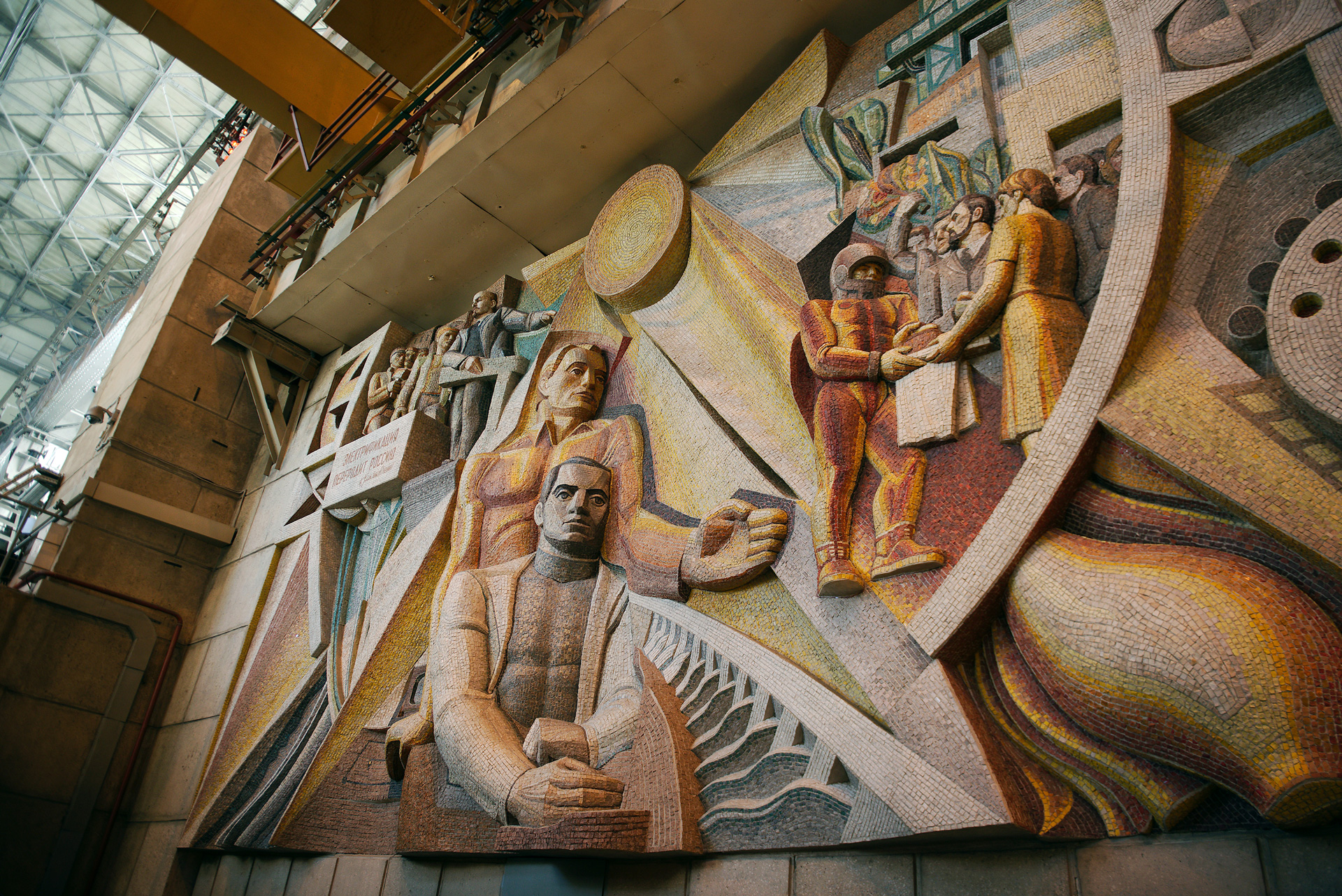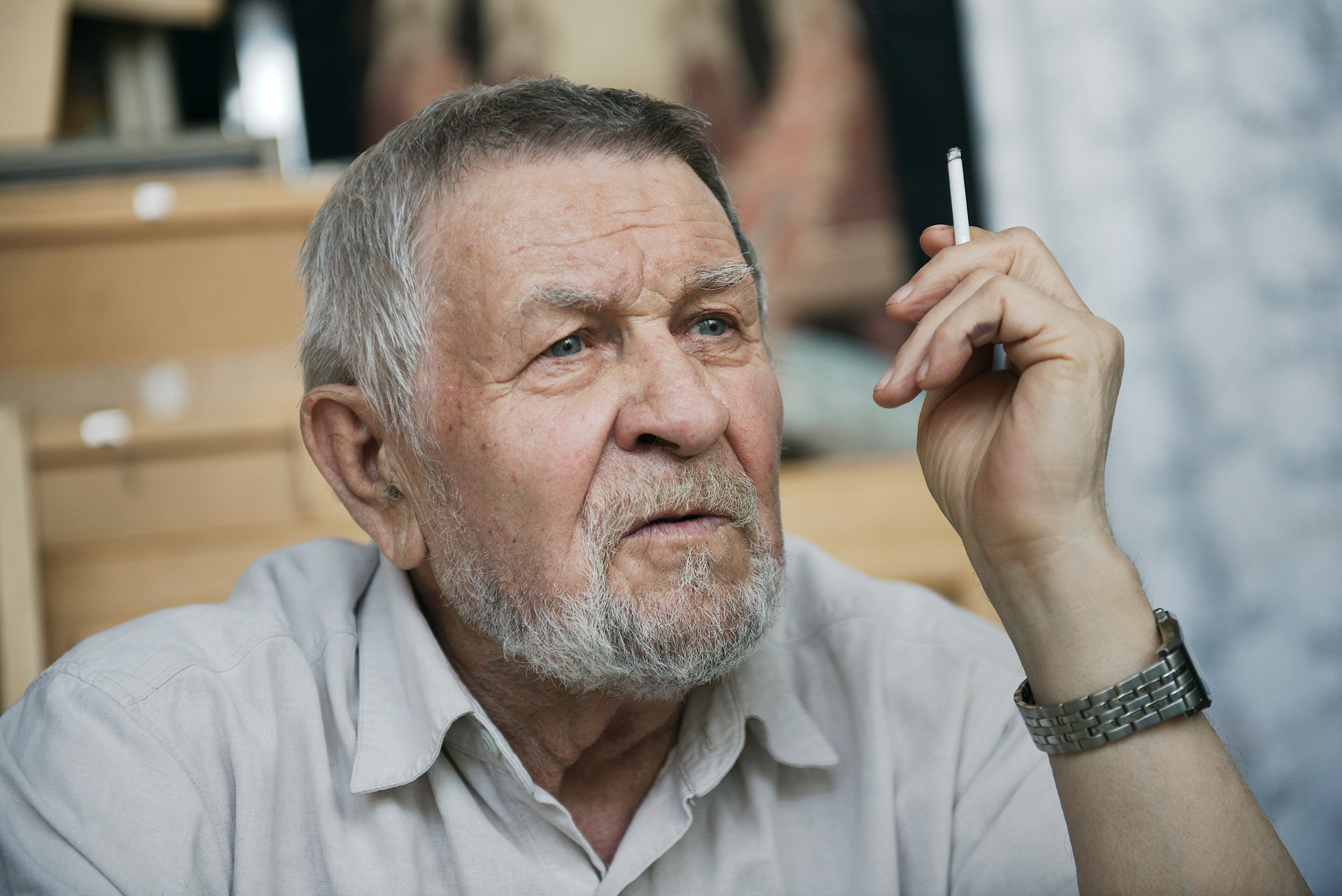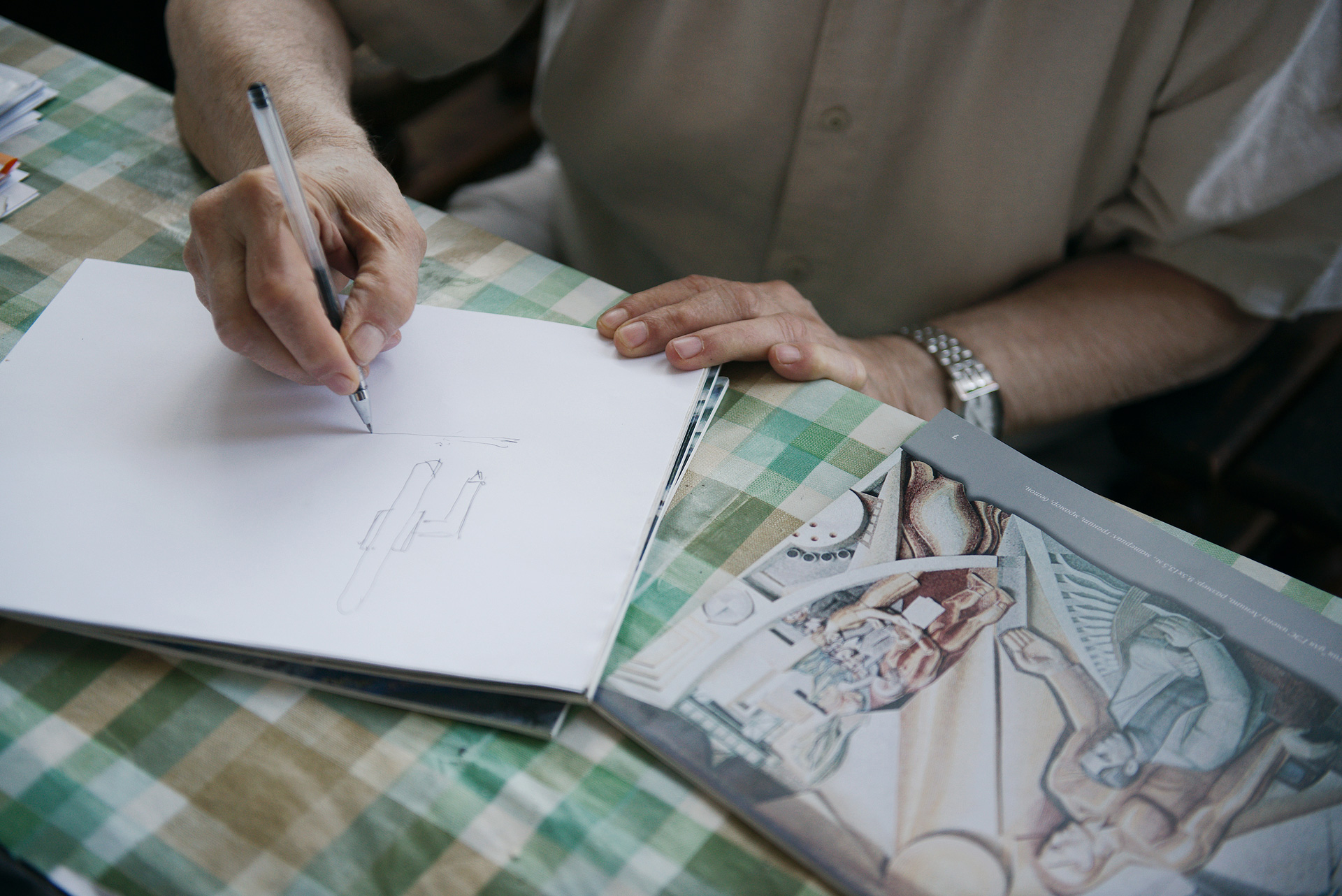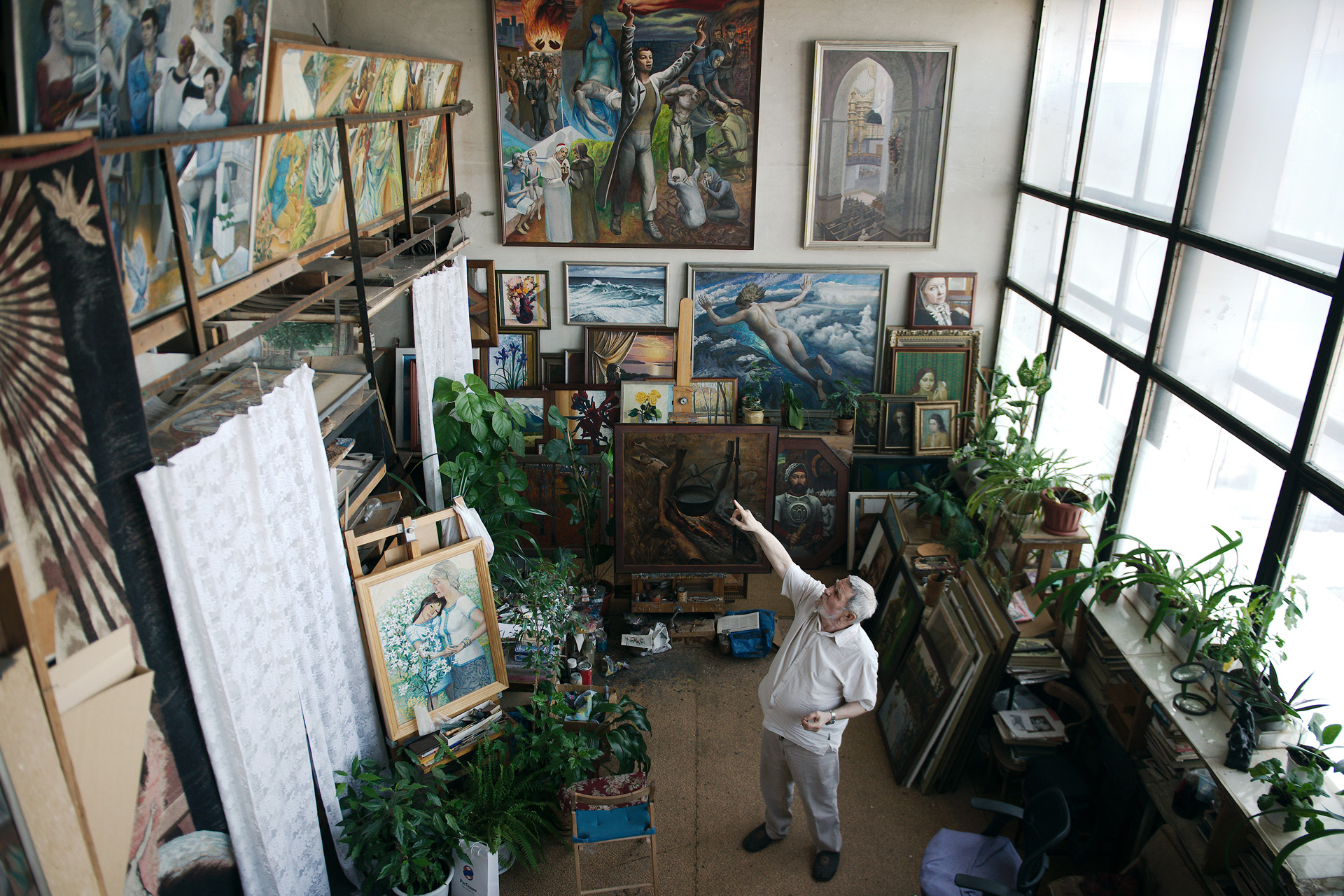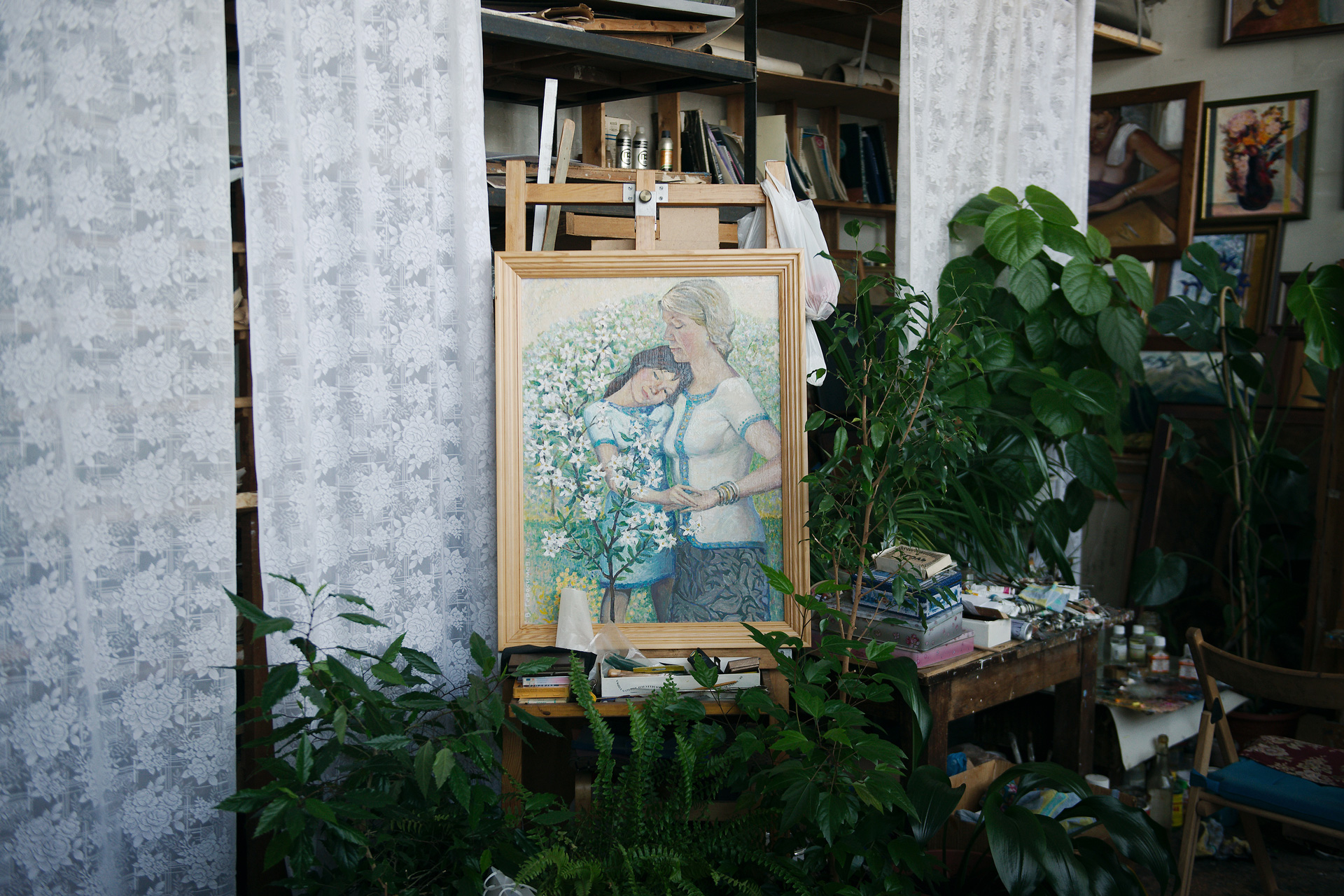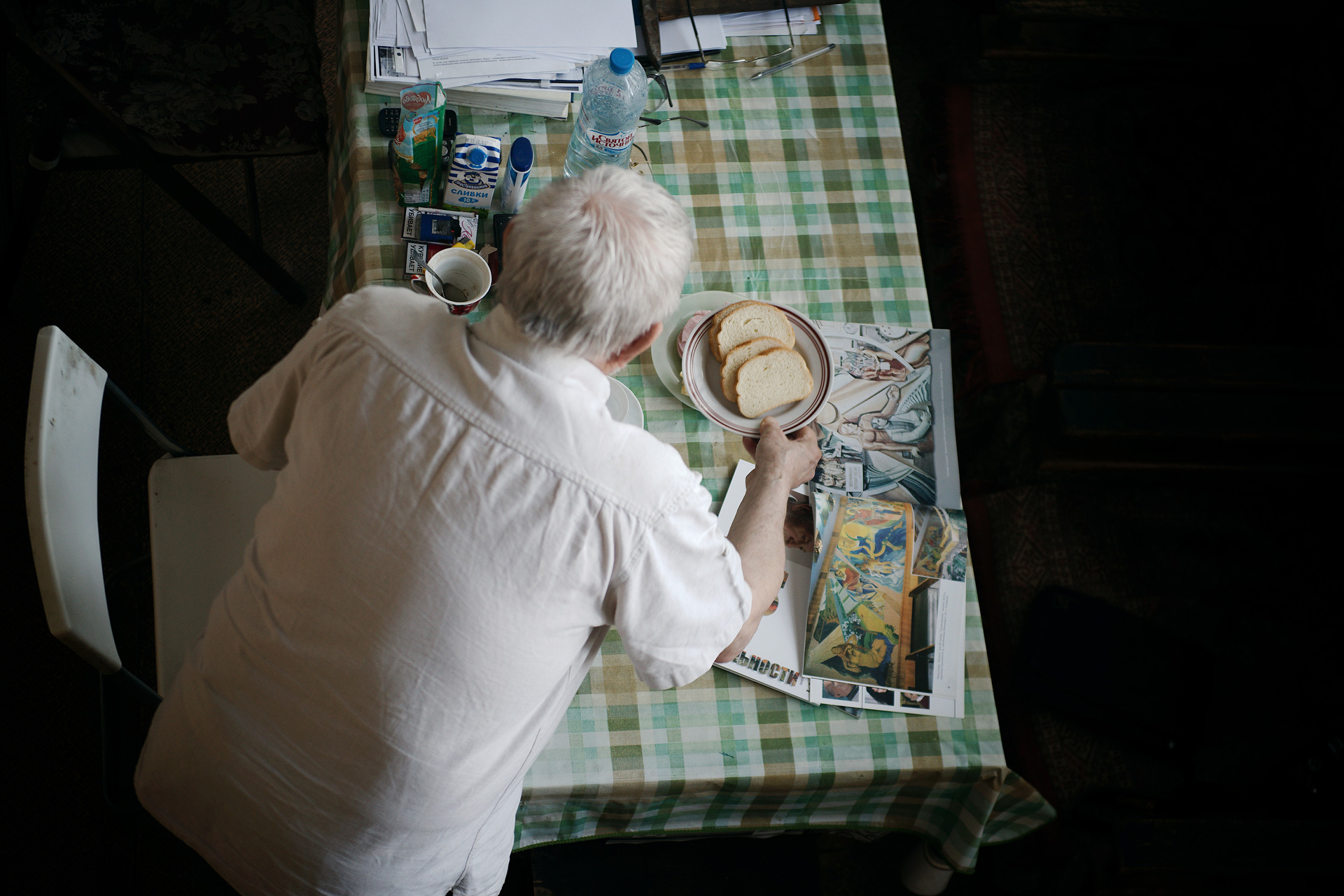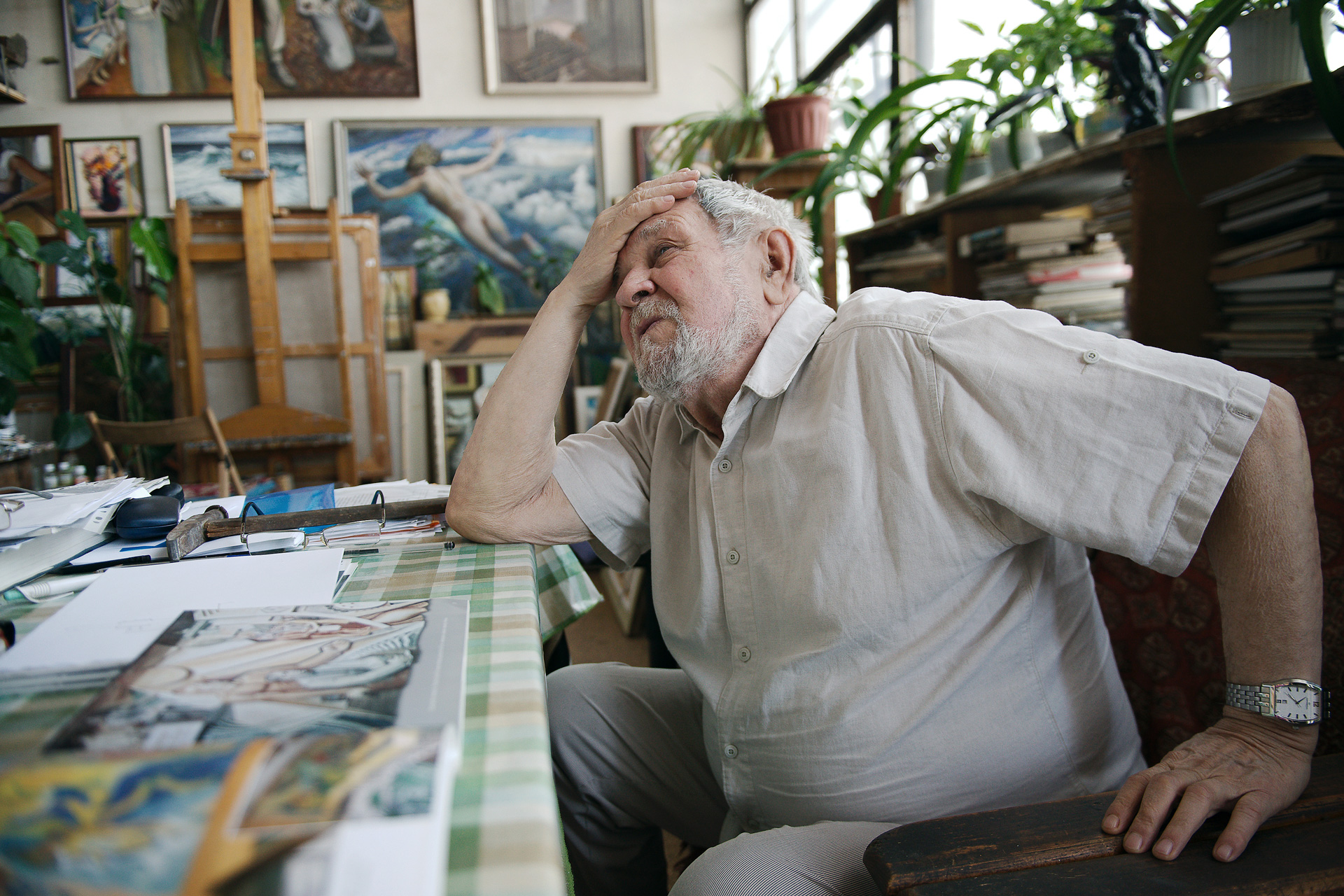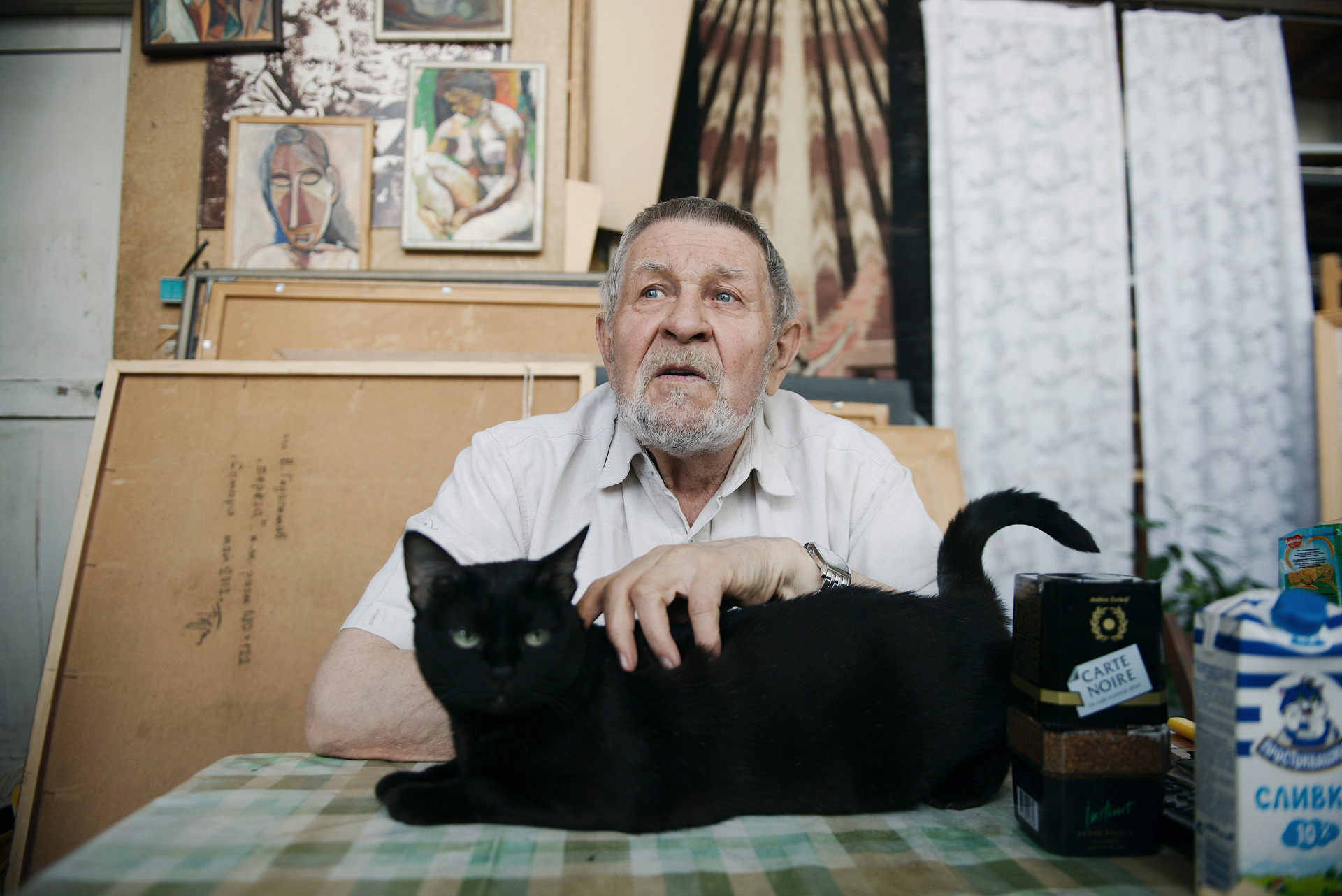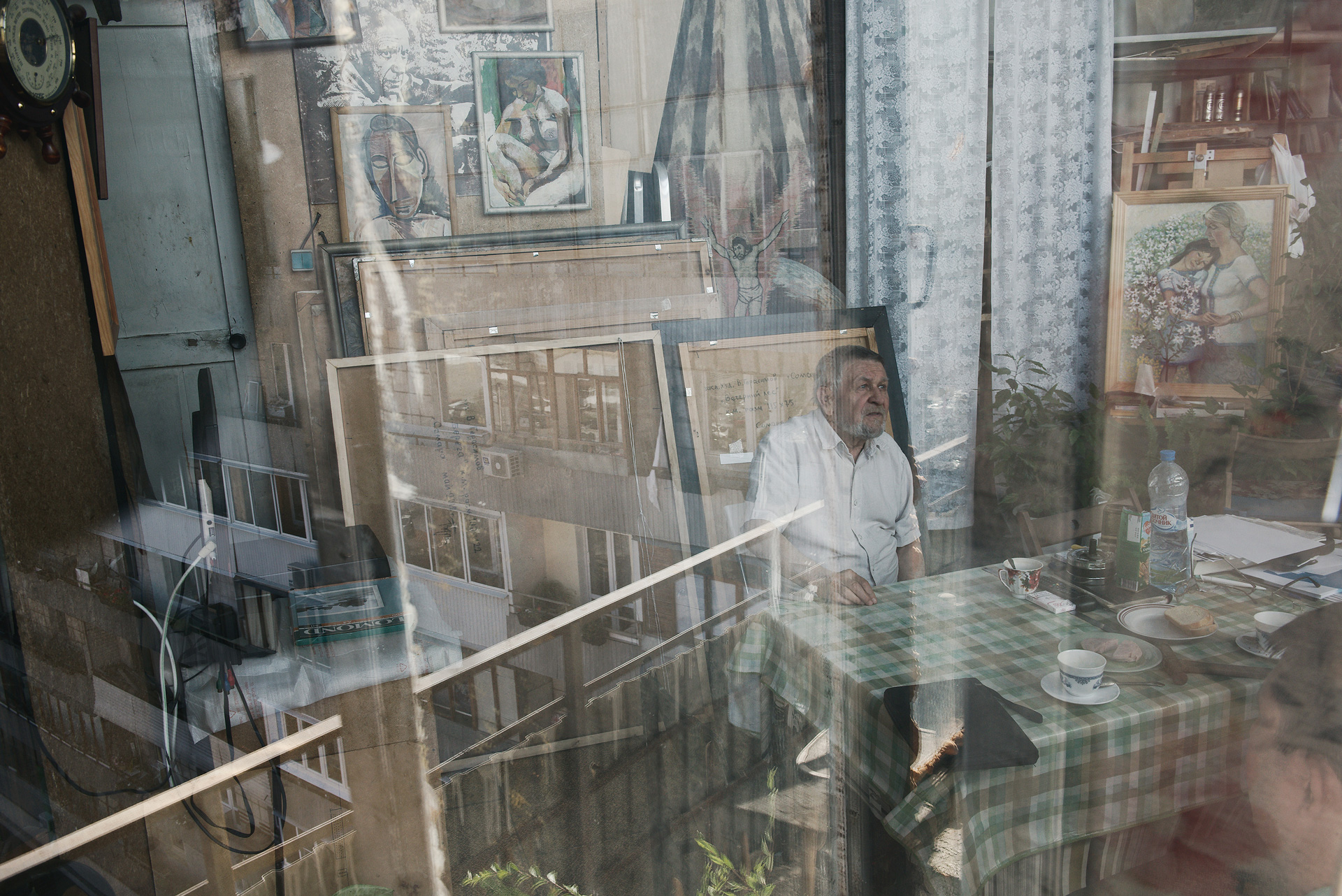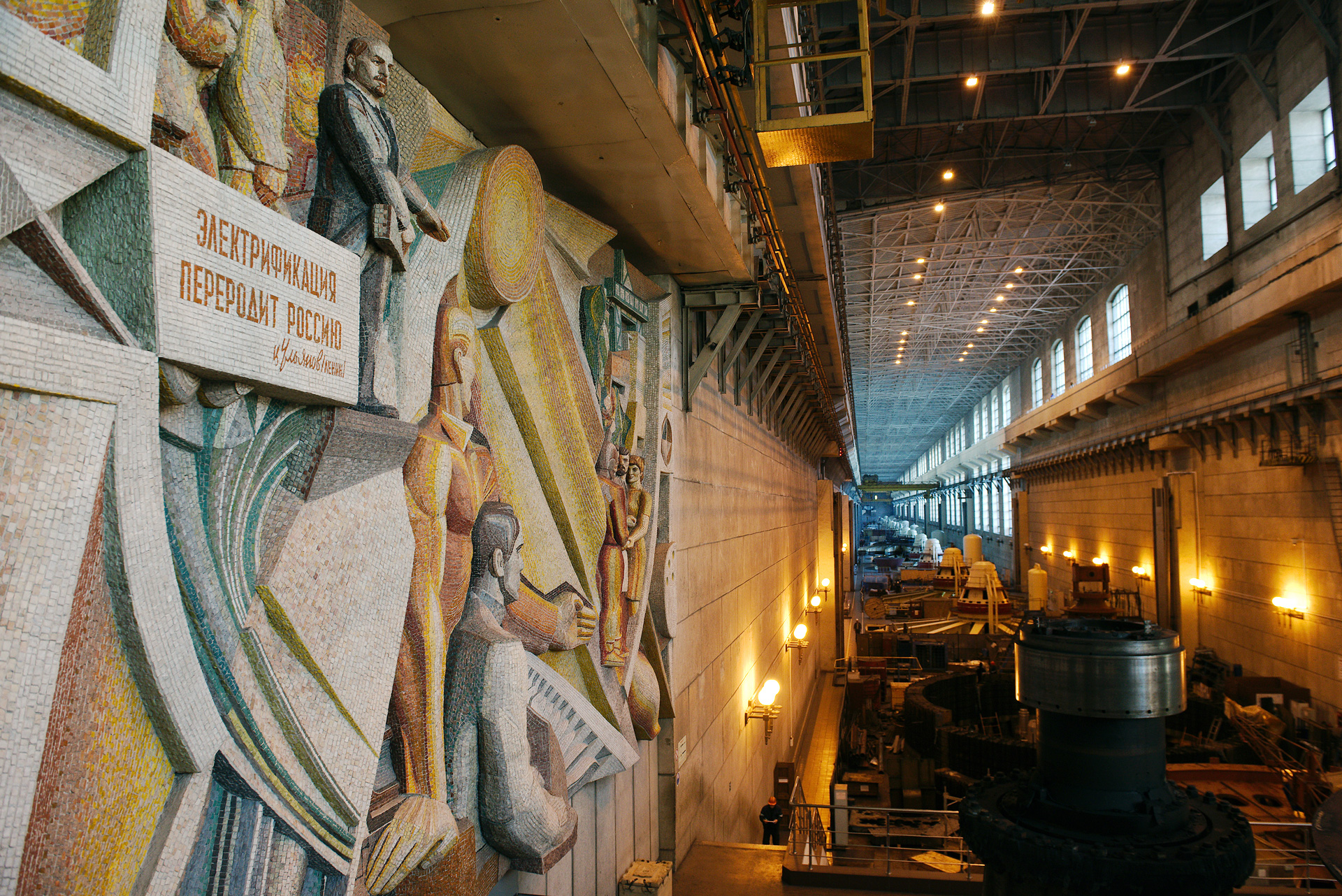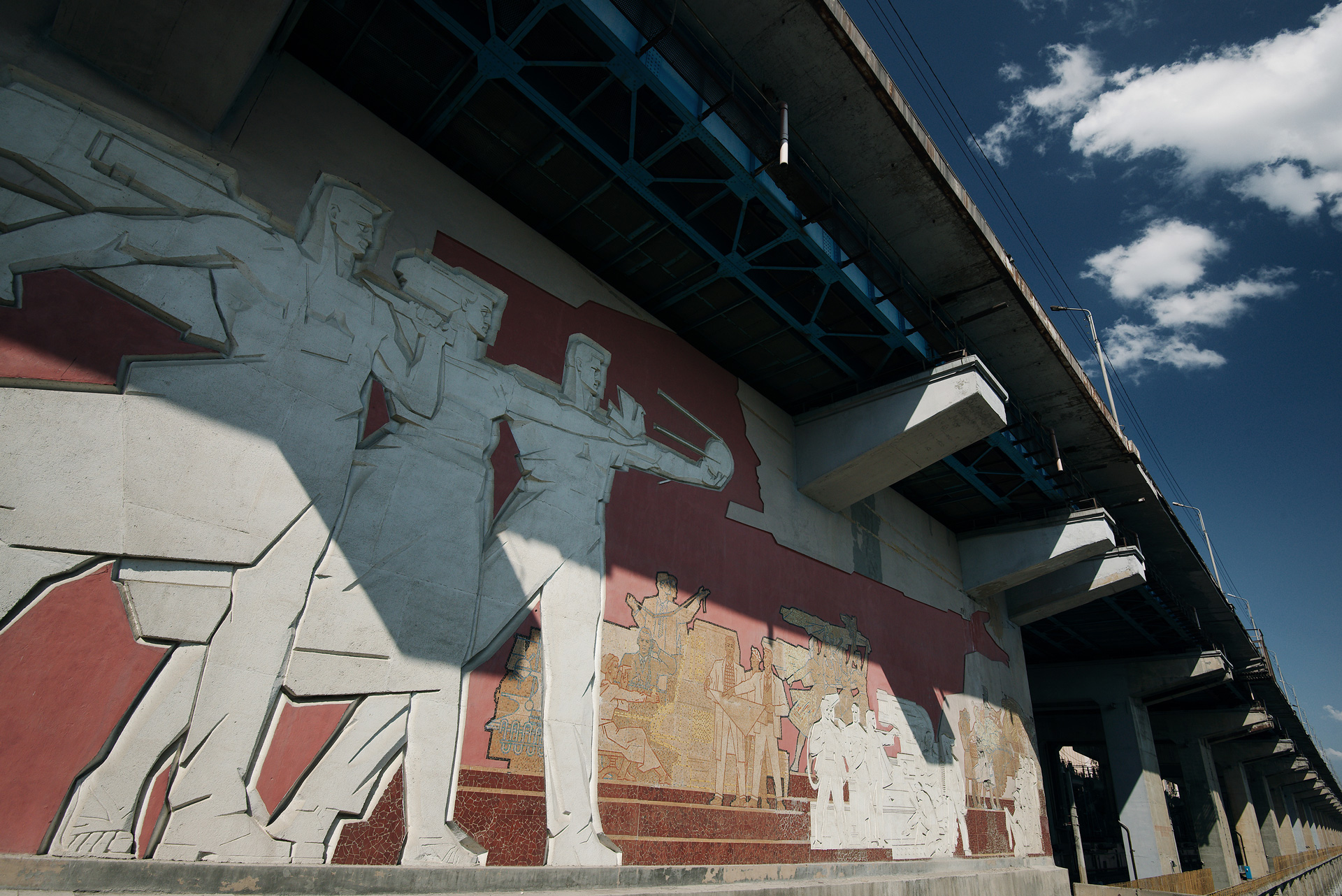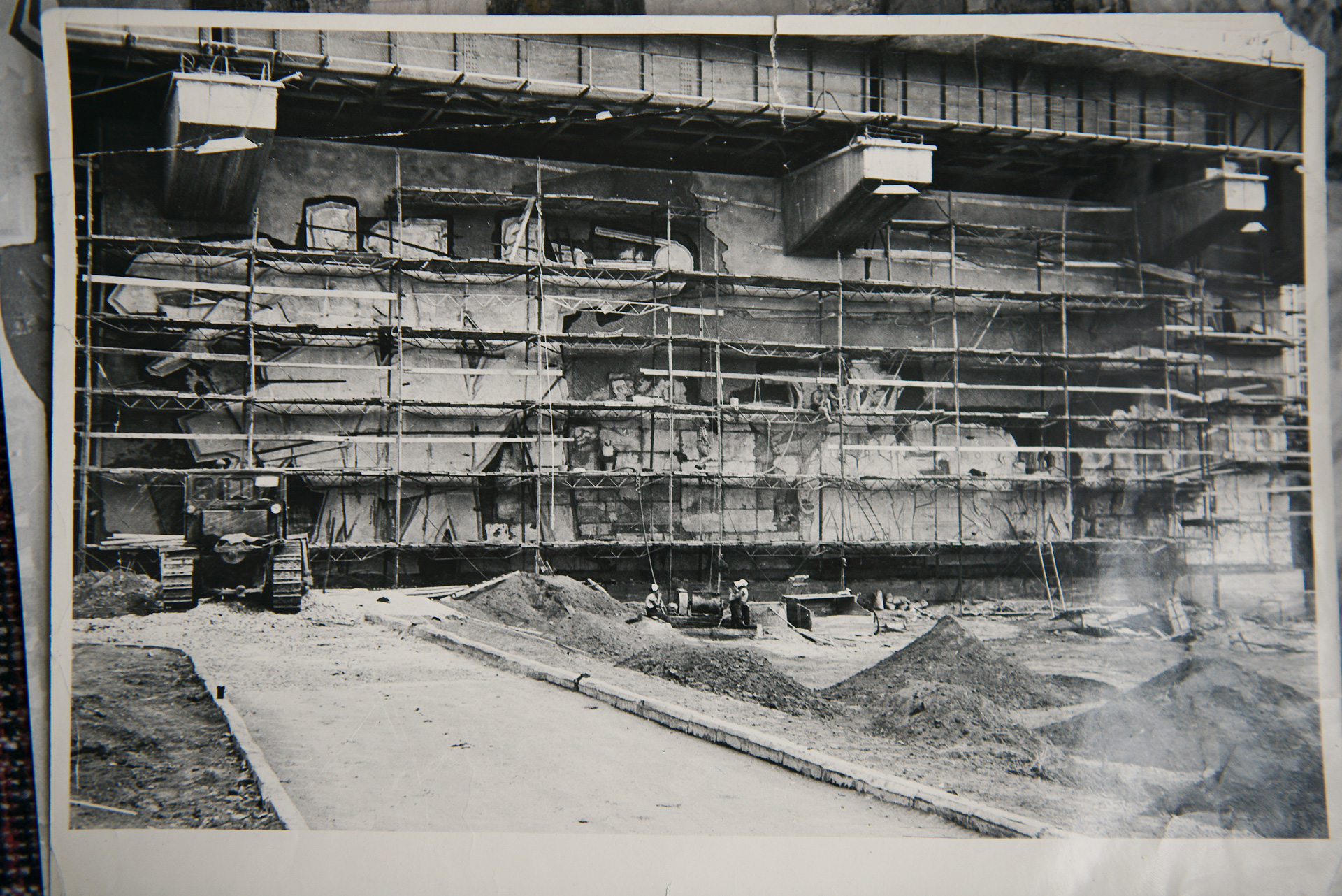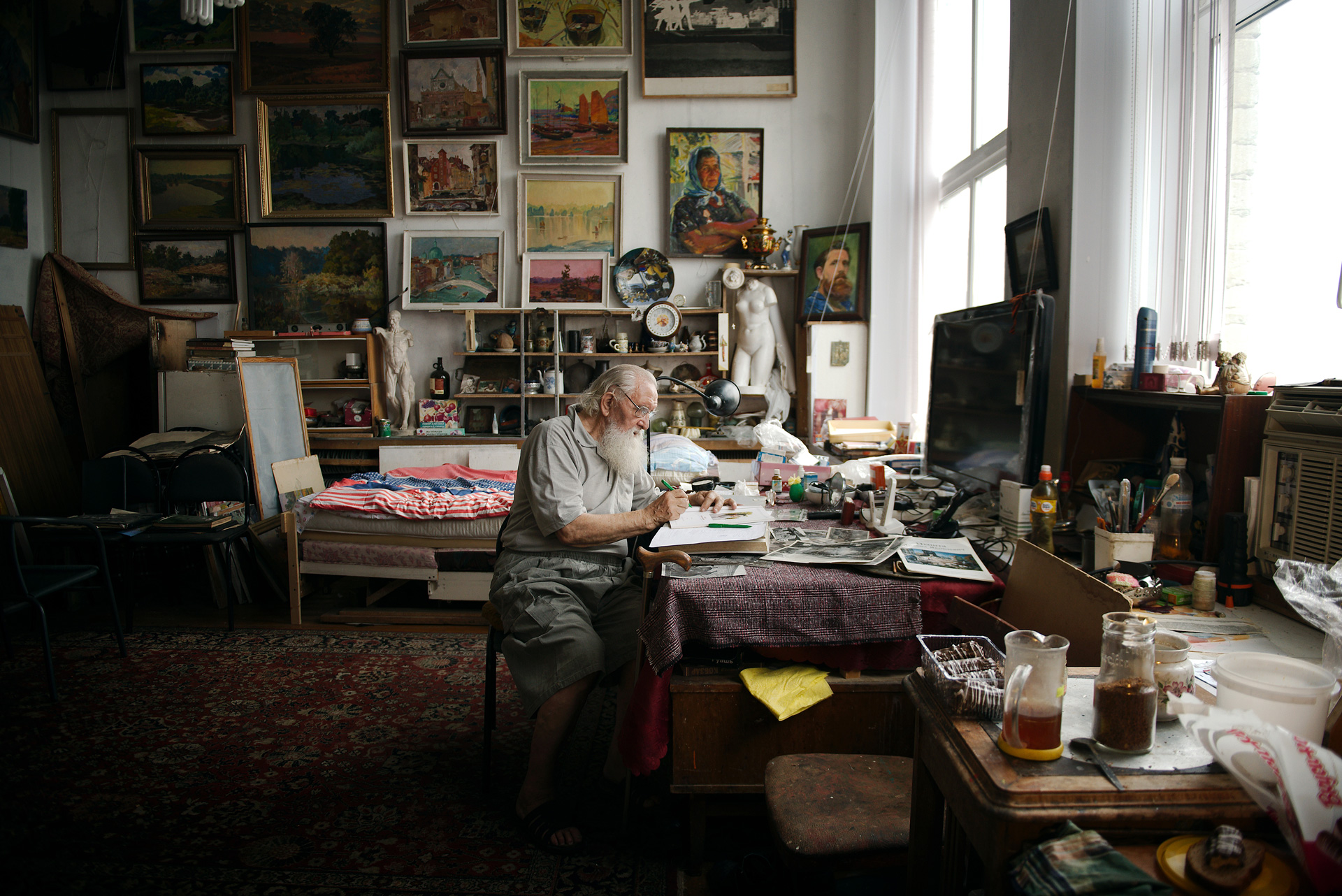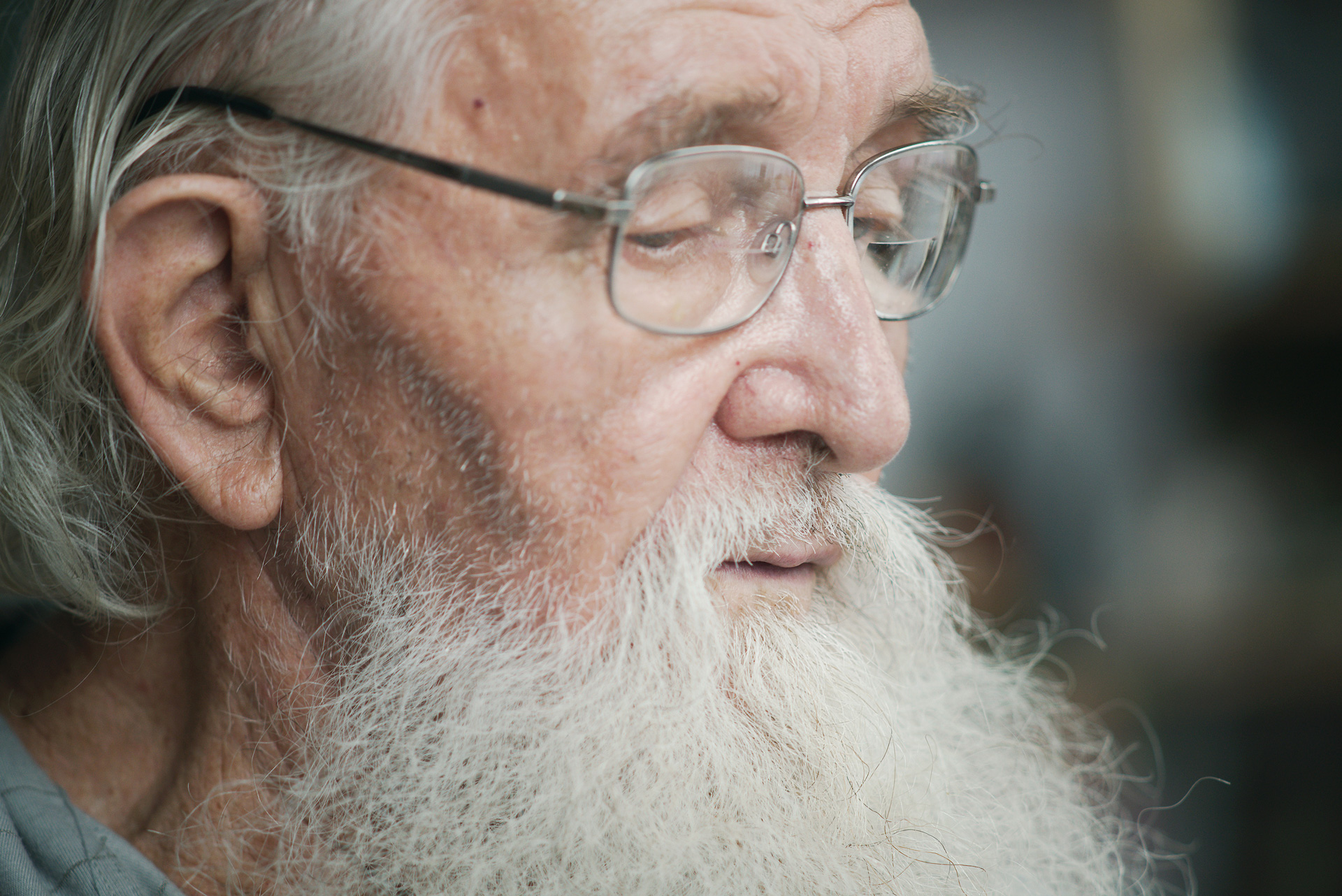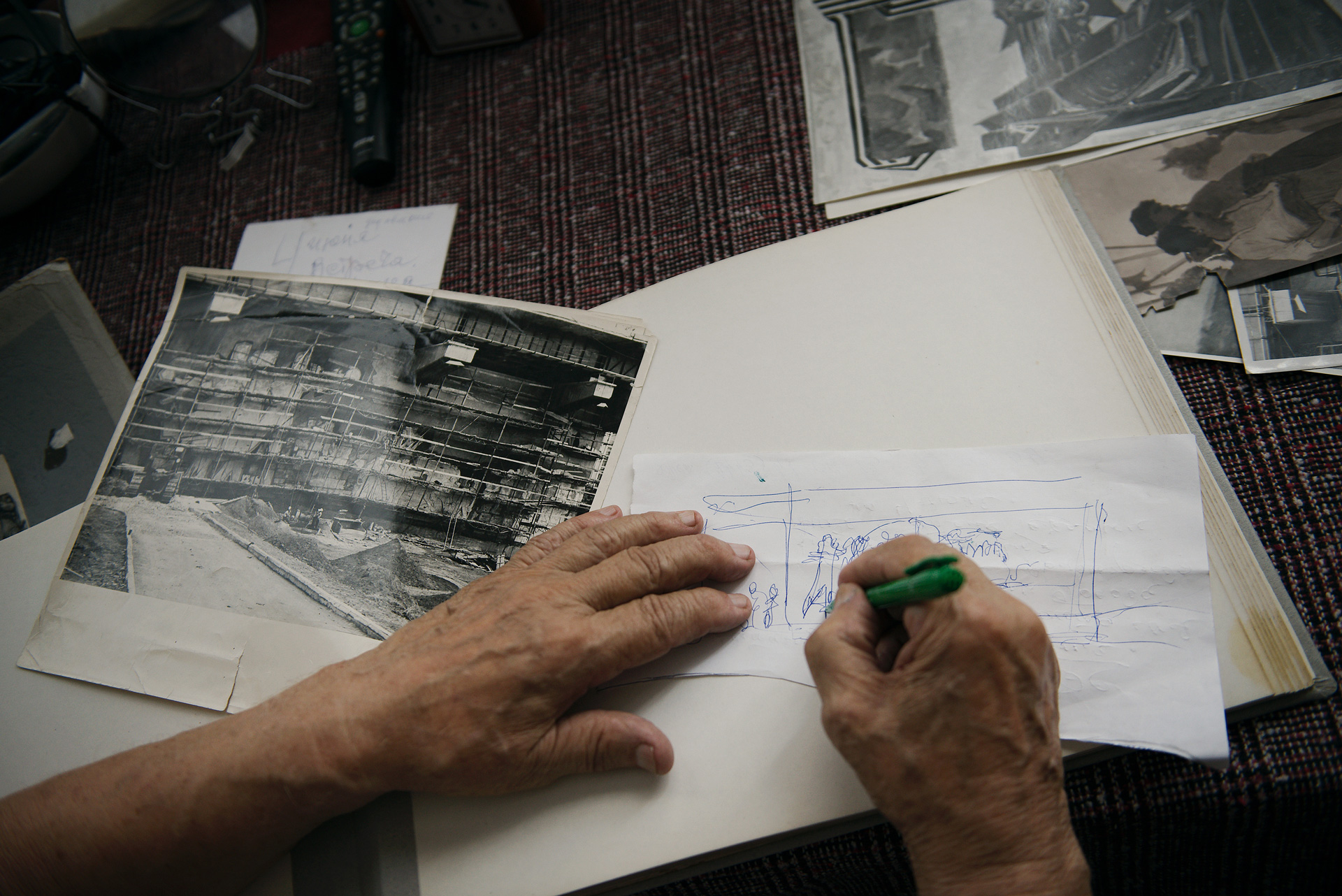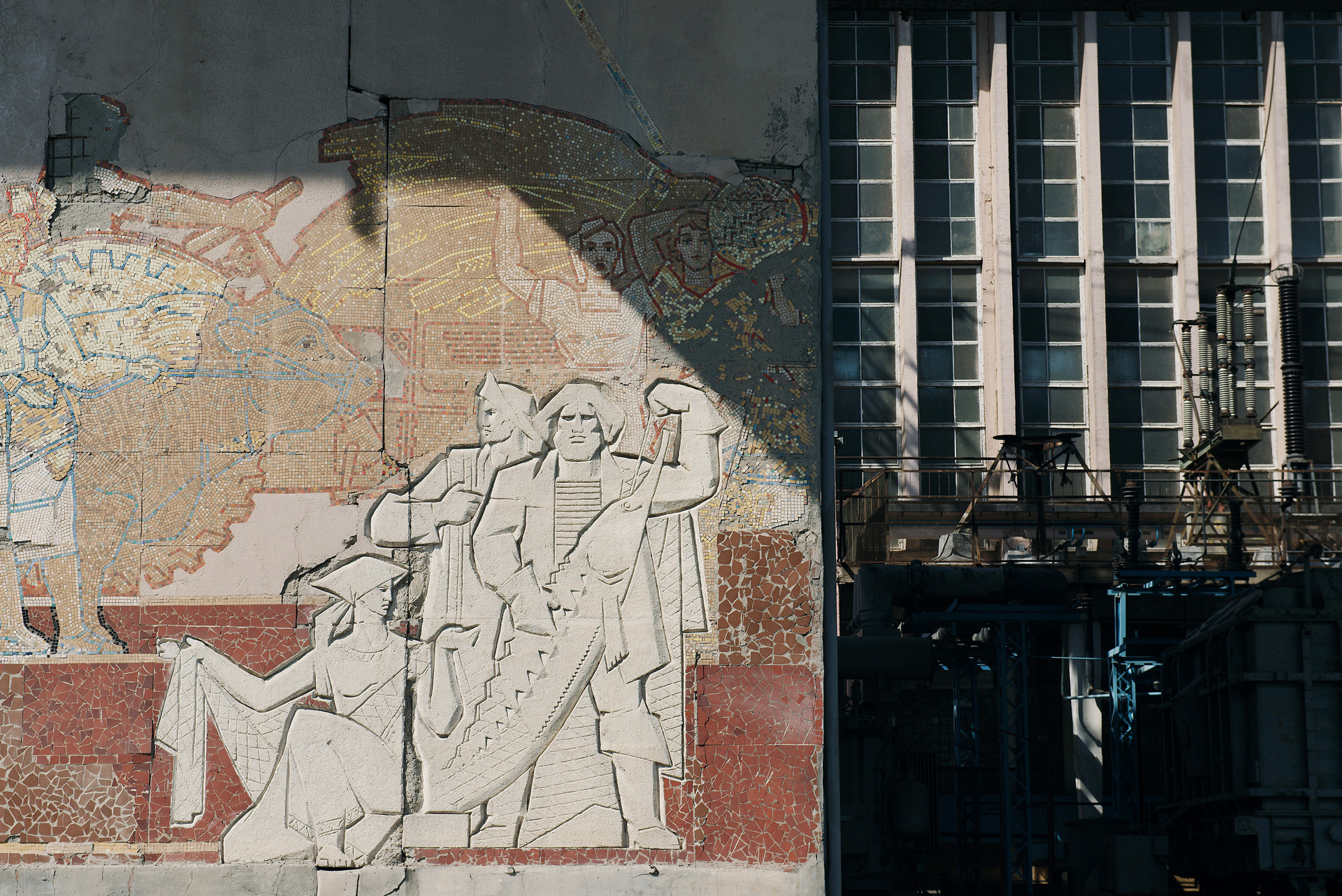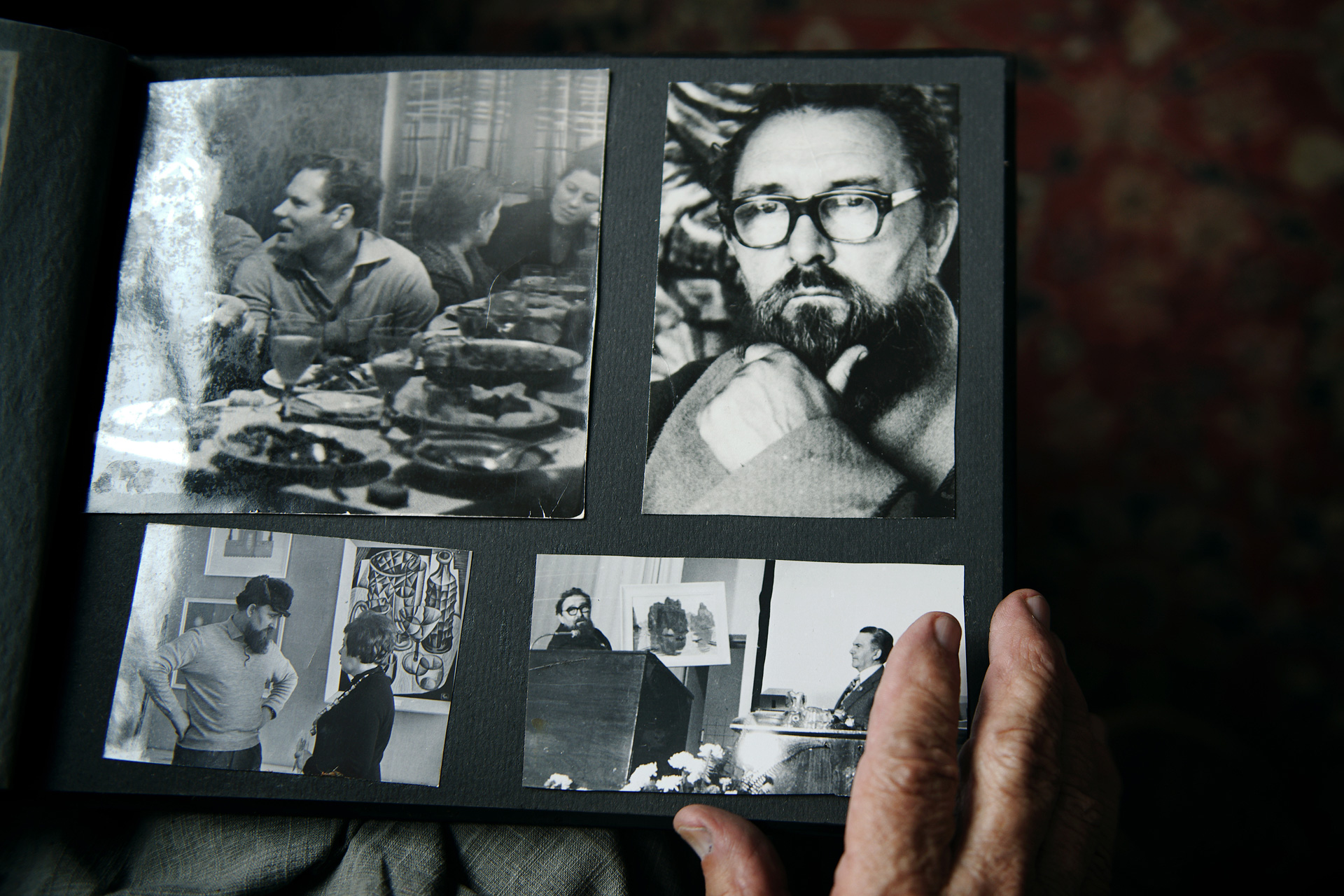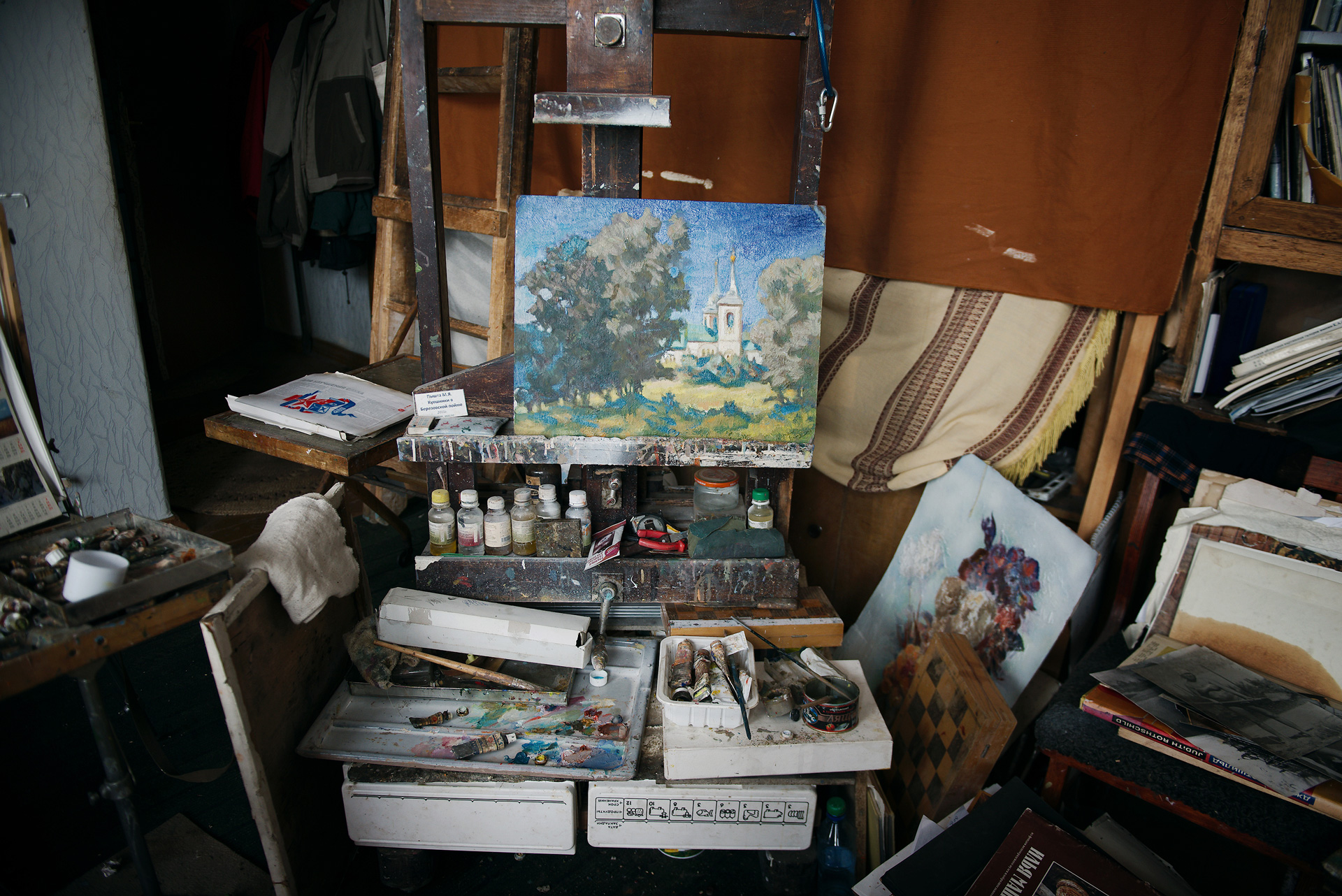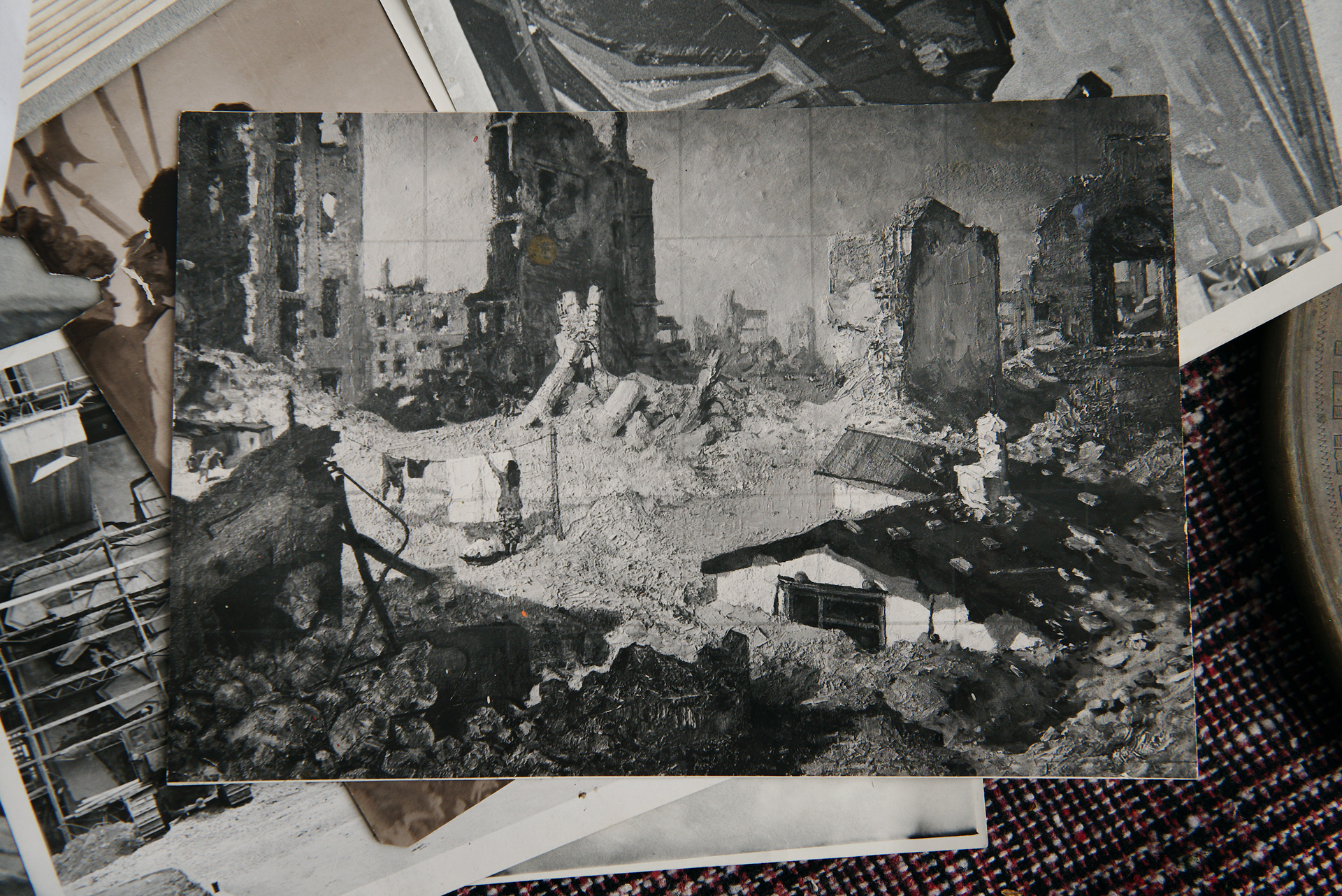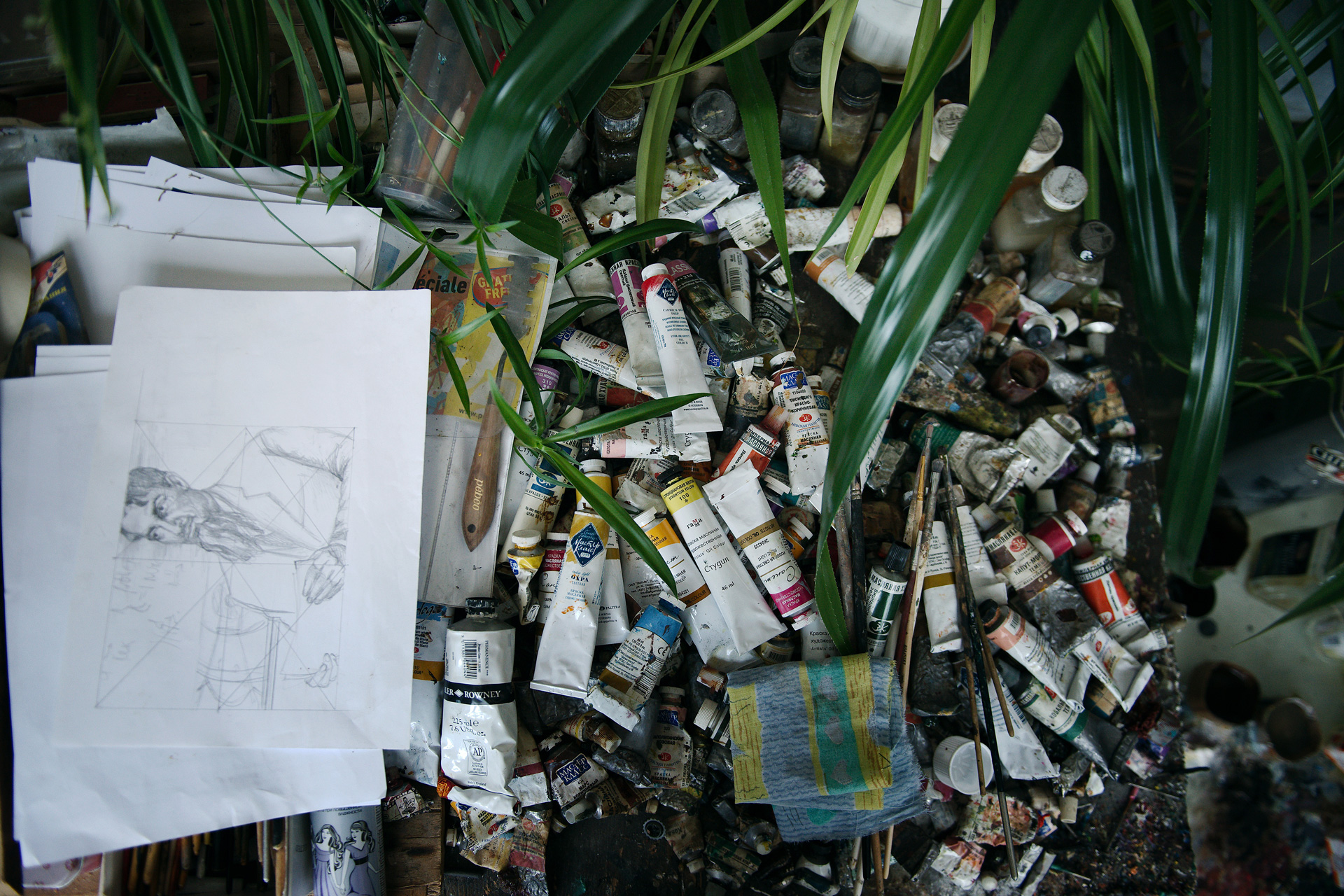Artists of Volga Cascade
for Rushydro media-project «Lyudi Sveta» (People of Light), 2014
Half a century ago there was a tradition: during the construction of large objects, 4% of the budget was allocated for the creation of works of monumental art, organically continuing the architectural ensemble. Artists embodied in painting, mosaic, high relief party ideas – large-scale construction, space exploration, energy development. The heroes of the compositions are simple workers, engineers. The era, the authorities have changed, and the significance of the work of these people is still high. The history of the creation of the famous panels of the Volga and Zhiguli hydroelectric power stations is interesting and informative.
“We were still very young artists when we were invited to compete in the creation of sketches,” recalls Mikhail Yakovlevich Pyshta, working on the panel “Energy for Peace, Labor, Progress”, which was installed on the overpass of the Volga hydroelectric power station. – We were shy before the Moscow muralists were involved in the competition. The commission approved the sketch of my friend and classmate Bosco, but the architect did not support his idea. Then it was decided to create a sketch using my suggestions and the compositional groups of my classmates – Bosko and Baroch.
The size of the panel is 14 by 45 meters. Thickness – 40 cm. To keep the structure, concrete was poured onto the reinforcing mesh, and finishing work was carried out along the chain-link. When there were only three days left before the surrender, they began to clean up the forests. And one of the authors noticed that the mosaic of one section of the panel was set ugly, the group needed to be redone. They began to beat her together. In a panic, Alexandrov, the director of construction of the hydroelectric power station, threatened to roll up a cannon with mortar and fill the entire work with concrete, and forget about the fee if the panel was not ready on time. The commission should arrive headed by Khrushchev – a huge responsibility. For three days the artists worked practically without a break for rest. Sleeping places were built on the scaffolding, and they dined here. “Fortunately, sturgeon and caviar were right at hand,” Mikhail Pyshta laughs.
Everything was ready on time. Khrushchev praised the work of the monumentalists, saying that he had never seen such a work. The artists were generously rewarded, in addition to the fee, they received cars as a gift.
In 1969, Mikhail Pyshta devoted his career to Volgograd, becoming its chief architect. Pyshta’s works adorn the Central Market, the ophthalmological clinic, the airport, and the facades of houses.
At the Zhigulevskaya hydroelectric power station, the second largest in the Volga-Kama cascade, the place for the panel was chosen in the very heart of the station – in the engine room. The work is called “Energy”, its idea is that the construction of large energy complexes is equated with the conquest of space, and the main people in the operation of the hydroelectric power station are the station engineers on duty (DIS).
At the time of the order for the creation of this panel, in 1975, a graduate of the Stroganov School, Vyacheslav Dmitrievich Gerasimov, was already the author of several monumental works decorating high-rise buildings in Ulyanovsk, the Volga Automobile Plant, the Sintezkauchuk plant in Tolyatti, Brizol in Novokuibyshev.
Powerful vibrations from continuously operating twenty units did not embarrass the artist and architect of the hydroelectric power station. “The wall was suitable, smooth, even, opposite the main entrance – that’s what you need! Gerasimov recalls. “It took us 13 tons of clay to mold, and the completed panel weighs more than 30 tons.”
The installation of concrete fragments was carried out by machine cranes. The size of the panel is 9.5 by 13.5 meters. Then came the most painstaking, final stage of work – the design of the high relief with mosaics. Pieces of granite and marble were chosen as the material. The material is collected from 40 mines from all over the country. The mosaic was chopped with a splitting machine of its own invention and manually with hammers, and then laid out in shades – there are 88 of them in total in the panel. The peculiarity of the high relief is its double volume, created both by the relief itself and by combinations of shades of the mosaic. Only two people were engaged in the calculation – Vyacheslav Gerasimov and his assistant. The quality of this work still amazes the employees of the HPP: the panel looks like new even after 40 years.



